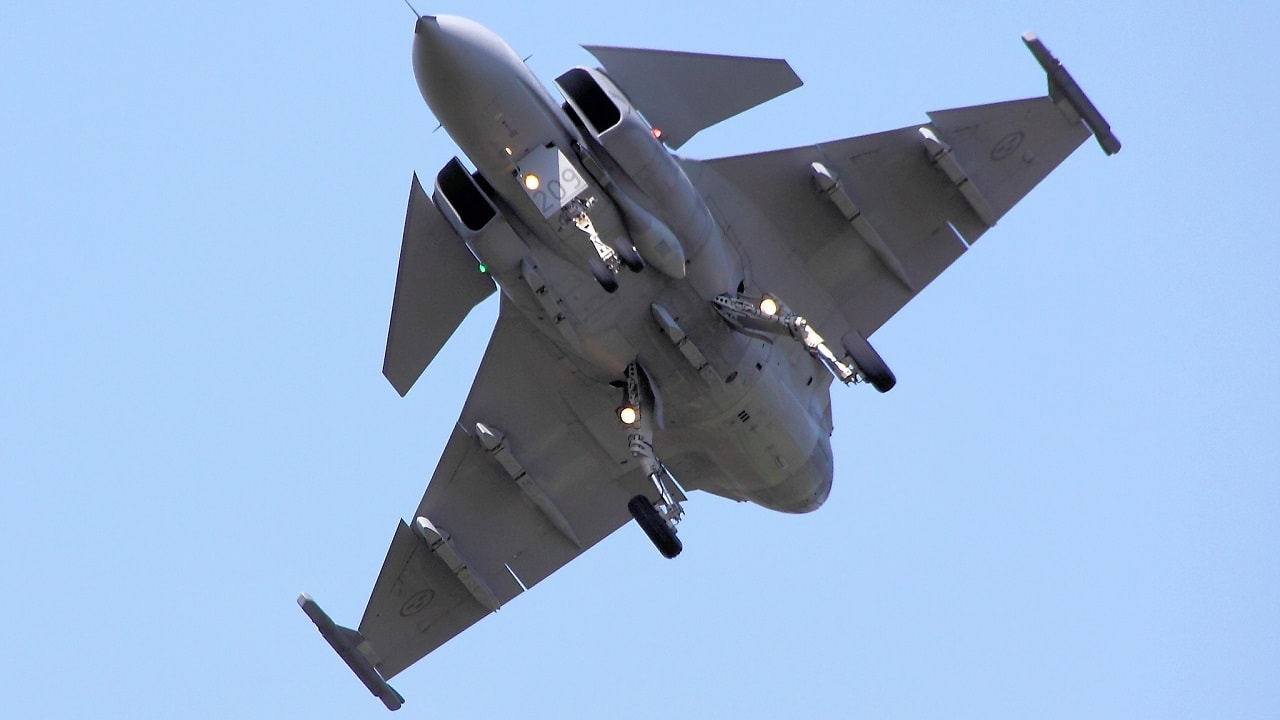Finland is the newest member of the NATO military alliance.
And now the country is hosting one the largest air exercises in Europe just a few miles from the Russian border.
14 Countries, 150 Aircraft
Arctic Challenge Exercise 23 began on May 29 and will ended yesterday.
The large-scale air exercise is taking place all over the Baltics, with much activity happening over the northern parts of Sweden.
This year’s iteration of the Arctic Challenge Exercise is the sixth of the bi-yearly event and is hosted by Finland, Sweden, and Norway. This year, the Finnish Air Force has the lead on the planning and conduct of operations
“I think this exercise helps us in honing our training so that we as a unit are ready for combat. I think we are always looking for ways to get better, make ourselves betters, make our squadrons better,” U.S. Air Force Captain Lacie Hester said.
More than 150 fighter jets, transport aircraft, tankers, and command and control aircraft from 13 NATO countries and Sweden are taking part in the exercise. The long list of aircraft includes the F-35 Lighting II stealth fighter jet, F-16 Fighting Falcon fighter jet, JAS39 Gripen fighter jet, F/A-18 Hornet fighter jet, Eurofighter Typhoon fighter jet, KC-135 Stratotanker, Dassault Mirage fighter jet, Rafale F3R fighter jets, EADS C-295 tactical transport aircraft, F-15 Strike Eagle fighter jet, and Airbus CC-150 Polaris multi-purpose support aircraft.
The F-35 Lighting II 5th-generation fighter jet was well represented, with Norway, Italy, the Netherlands, and the United States sending several of their stealth aircraft to take part in the exercise.
Sweden has applied for membership in NATO along with Finland, giving up hundreds of years of neutrality to join the transatlantic defensive alliance after the Russian invasion of Ukraine. As of now, Stockholm is waiting for Turkey to finally approve its membership bid to join NATO (all NATO members have to approve a new addition).
Russia and Complex Air Operations
“The number of aircraft is pretty hard to come by at home, and also the opportunity to exercise, to train, to plan and evaluate together with different countries is great,” Swedish Air Force Lt. Colonel Jorgen Axelsson said about the exercise. His remarks showcase the importance of large-scale exercises.
Conducting air operations with multiple aircraft in the sky at the same time isn’t easy. Indeed, the Russian Aerospace Forces’ inability to conduct complex sorties has been one of the main reasons why Moscow has failed to achieve air dominance over Ukraine. That, in return, has seriously restricted the operations of the Russian military on the ground.
On the other hand, the U.S. military and NATO are extremely proficient in complex air operations. For example, during the opening stages of the First Gulf War, the U.S. and its allies had thousands of aircraft on the air conducting operations at the same time.
Such skills don’t come in the box. Crews and aircraft have to train hard in realistic situations to become proficient in complex air operations and be more effective on the air battlefield.
A 19FortyFive Defense and National Security Columnist, Stavros Atlamazoglou is a seasoned defense journalist specializing in special operations, a Hellenic Army veteran (national service with the 575th Marine Battalion and Army HQ), and a Johns Hopkins University graduate. His work has been featured in Business Insider, Sandboxx, and SOFREP.
From 19FortyFive
Ukraine Footage Shows U.S. M982 ‘Excalibur’ Cut Through Russian Artillery
How To Sink A $3 Billion Dollar Submarine: Leave A Hatch Open
Smashed To Pieces: Video Shows Ukraine Hitting Russian Air Defenses

